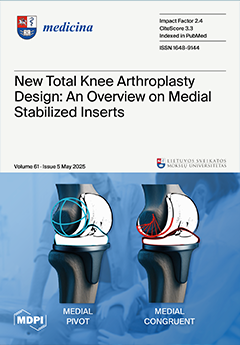Background and Objectives: Prediabetes (PD) is characterized by impaired glucose metabolism and is associated with an elevated risk of type 2 diabetes and cardiovascular diseases. This study aimed to investigate the effects of an 8-week core exercise intervention on glycemic control, lipid profiles, insulin sensitivity, body composition, and physical performance in prediabetic women.
Materials and Methods: Eighteen prediabetic women aged 20–55 years were randomly allocated to either a core exercise group (
n = 9) or a control group (
n = 9). The intervention group completed 24 supervised core exercise sessions over 8 weeks, whereas the control group remained sedentary. Pre- and post-intervention evaluations included anthropometric measurements, flexibility and strength tests, fasting and postprandial glucose levels, HbA1c, insulin, HOMA-IR, lipid profiles, and serum iron levels. Non-parametric tests were used for statistical analysis, and a Principal Component Analysis (PCA) and hierarchical clustering were conducted to explore multidimensional metabolic changes.
Results: Core exercise significantly improved the body weight, BMI, fat percentage, and circumferences (shoulder, chest, and hip), along with an enhanced flexibility and back-leg strength (
p < 0.05). Glycemic indices (FBG, PBG, and HbA1c), insulin, and HOMA-IR levels were significantly reduced, while serum iron and HDL-C increased (
p < 0.05). Lipid markers, including the TG, LDL-C, CHOL, and TG/HDL-C ratio, showed significant improvements. The PCA and cluster analyses identified three clusters reflecting metabolic risk, body composition, and protective factors.
Conclusions: This study demonstrates that an 8-week structured core exercise program significantly improves glycemic control, lipid profiles, insulin sensitivity, and body composition in women with prediabetes. Multivariate analyses (PCA and hierarchical clustering) corroborate a metabolic shift towards a reduced insulin resistance and a more favorable cardiometabolic profile, supporting core training as a viable, evidence-based non-pharmacological intervention to mitigate metabolic risk.
Full article






